A DEVELOPER ON SUSTAINABLE INFRASTRUCTURE – AIR QUALITY
“Some even joke that, the reason that Vietnam is successfully containing COVID-19 pandemic is due to a habit of its people – always wearing masks in public places. Sounds reasonable, right? For most Vietnamese people, mask is an ‘inseparable’ part of life.
Now, imagine that one day you had to go out without a mask, what would you ‘face’? Most obviously is the vehicle exhaust from motorbikes, cars and trucks; exhaust fumes emitted from outdated buses on the streets; dust from residential construction sites and roadworks or BBQ smoke from street vendors blown into the streets. But this is the most dangerous one – You would breathe the fine dust that you may have thought it was… the mist in Da Lat.
Coming up next in the series of “A Developer on Sustainable Infrastructure” by Sustainable Vietnam, Ms. Hien Vuong – Sustainability Manager of EZLand Vietnam – gave her opinions on the urban air pollution. Aside from transportation and the industries that burn fossil fuels, population density and construction activities are also poisoning the atmosphere in big cities. For this topic, she also suggests some solutions that we – the urban residents can do to “clean up” the air at where we live. Please stay tuned!”
The next easily identifiable issue that all major cities of Vietnam are experiencing: the quickly degradable air quality.
Every September, when the humidity level rises and traps the fine dust, the air index is getting into the red, sometimes even well into the purple zone. Scenes that you had only seen of Beijing are now ubiquitous in Hanoi and even Ho Chi Minh City: residents wearing PM masks against a back-drop of thick grey dust.
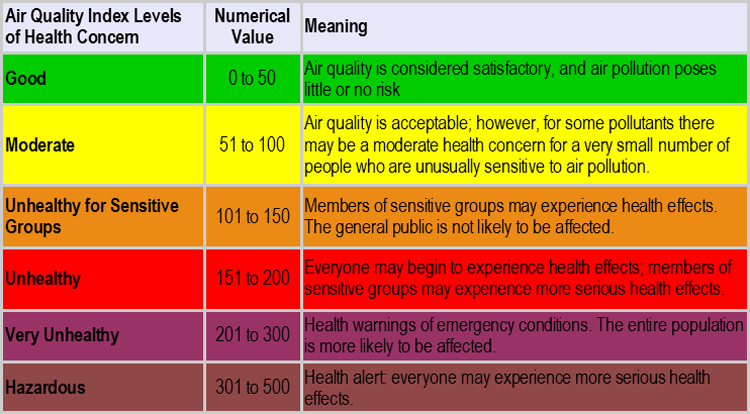
If you are not aware, long-term exposure to air pollution can cause serious health problems such as:
- heart disease,
- lung cancer
- as well as damages to your nerves, brain, kidney or livers.
There is a report that air pollution causes 60,000 deaths per year in Vietnam and effectively reduces the Vietnamese life expectancy by one year.
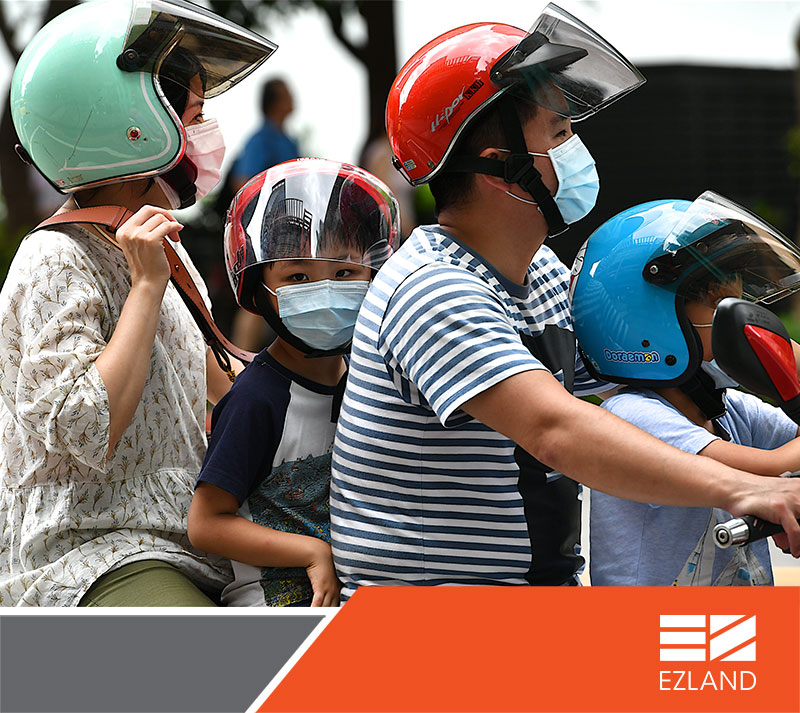
While a lot of people are conscious of the role of transportation and vehicle exhaustion, not many people make the connection between air pollution with the mushrooming high-rise towers and exploding construction activities.
I once had to drive behind a truck ferrying sands from a construction site and witnessed first hand the trail of sand and the cloud of dust covering other passengers within the 10m radius of the truck.
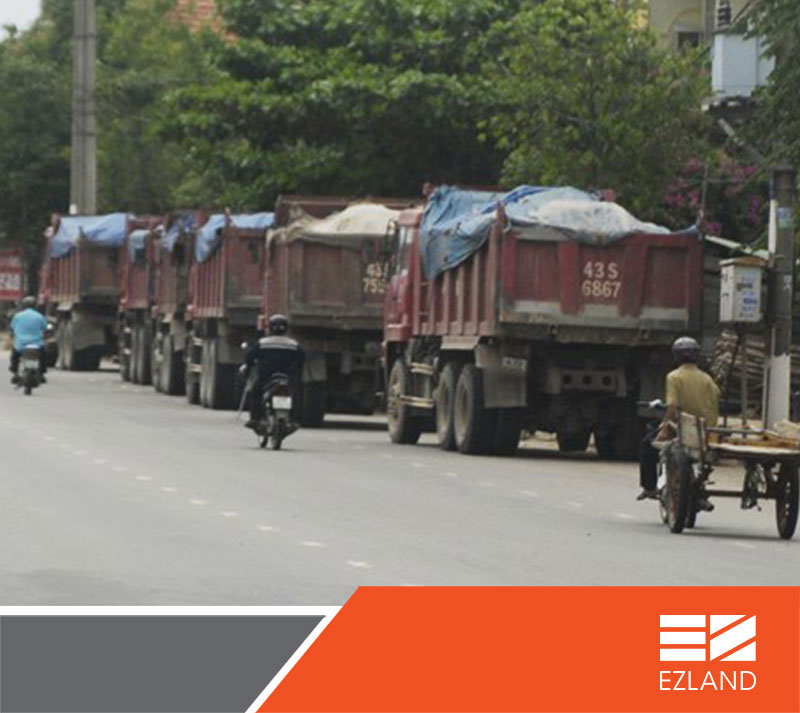
Scenes like this are not rare in Vietnam.
In fact, while no major city in Vietnam has yet any official survey of the pollution caused by construction activities, in 2016 the Delhi Pollution Control Committee in Delhi, India reported that 30% of their city’s air pollution came from construction sites. This provides a rough understanding of the major role of the construction industry in aggravating our air quality.
To make matter worse, new tall apartment buildings increase the population density and without an effective mass transit system or walking street networks, as in Hanoi and Ho Chi Minh City, it means more traffic on the street, and consequently more pollution.
How do you, as house owner, help alleviate this problem?
When it comes to a working solution for the air quality problem, most of the decision power stays with the government regulation.
A typical solution is to require the contractors to have a proper construction pollution prevention plan, especially for larger projects.
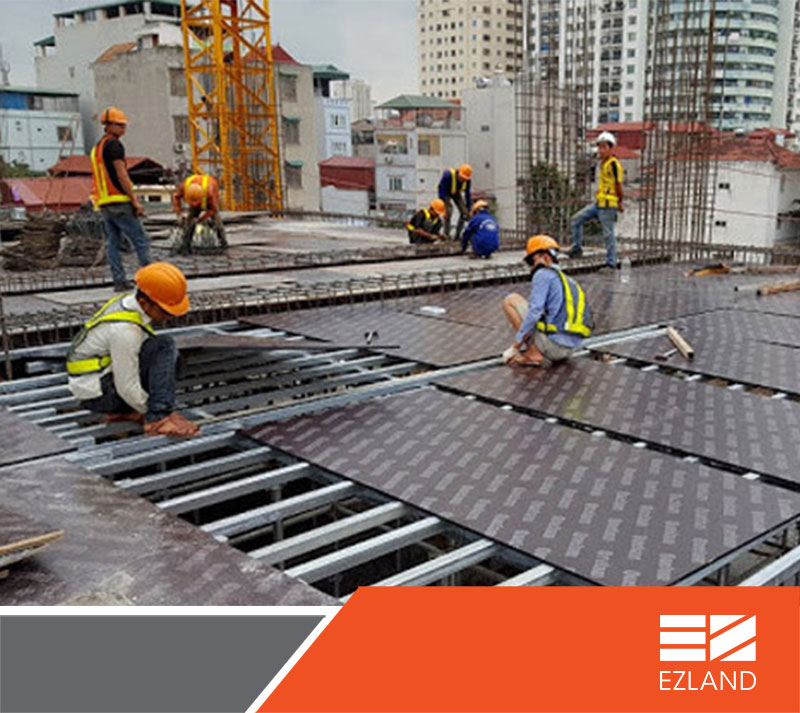
If you are building your home, you can ask your contractor to follow the below simple practices:
- Construction material at the site and on the vehicles that carry them should be properly covered.
- Keeping the ground at construction sites wet to let the dust settle and inhibit it from spreading
- Daily wash trucks, tools, and equipments to clean all the sands before exiting/ entering site
- Source local materials to avoid the need for them to be transported hundreds of miles
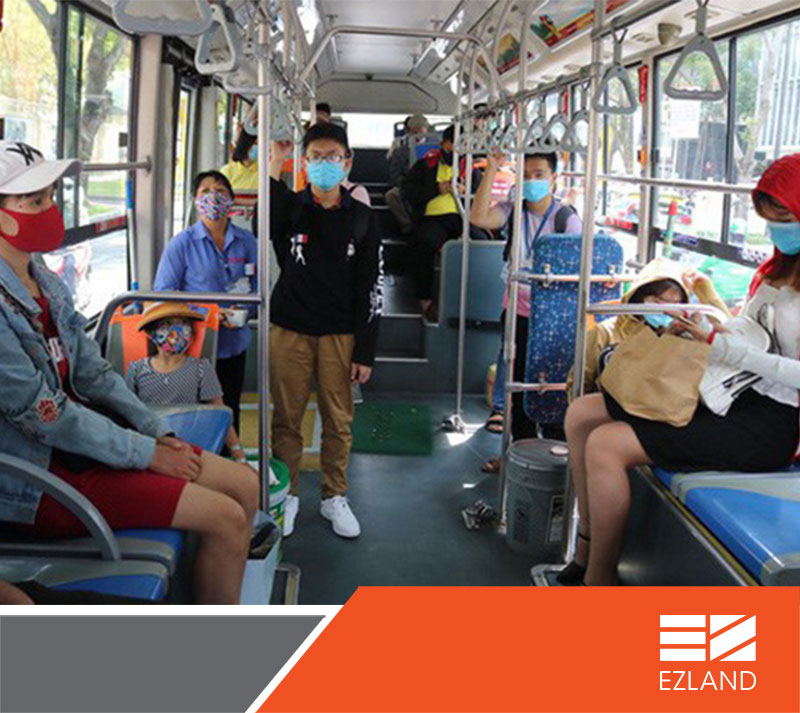
If you are looking to buy or rent a home, find a place that is close to a mass-transit hub, such as bus or shuttle lines, and to other amenities such as restaurants and shops so you can walk, bike or use public transportation without having to drive or ride your motorbike.
What else do you think should be added to the list?
Keep posted for the series on A Developer on Sustainable Infrastructure – next up – Green Spaces.


